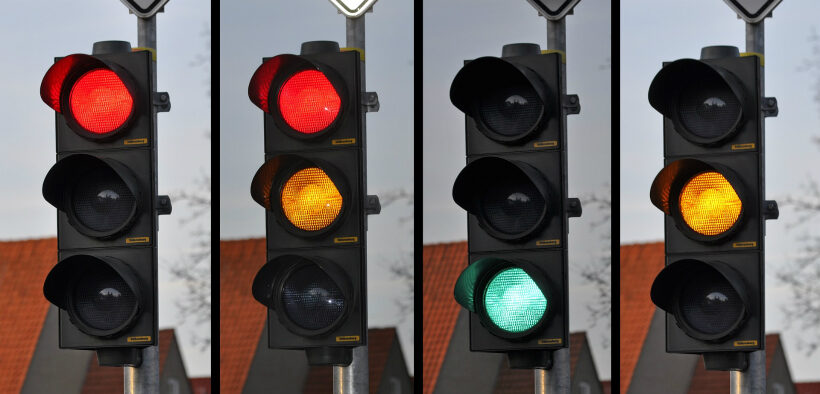As educators, we assume that students are learning what we teach. But students often do not learn as much as we expect, and high-stakes assessments reveal their knowledge gaps when it is too late to do anything about it. Thus, many instructors use classroom assessment techniques (CATs) to provide instant feedback while students are accessing learning content. These assessments also allow students to gauge their comprehension of content so they can seek help before the summative assessment (Cross & Angelo, 1993). This information can be used to adjust course content or teaching methods to assist students in making their learning more efficient and effective, such as speeding up or slowing down the pace of a lecture or explicitly addressing areas of confusion. Proper use of CATs provides concrete evidence that the instructor cares about learning, and it is particularly helpful for checking how students are learning early in the course and providing information for improvement when learning is unsatisfactory.
Related Articles
I have two loves: teaching and learning. Although I love them for different reasons, I’ve been passionate about...
In my classes, there is a reaction from my students that I have learned to wait for. It...
“Focus on what you can control” is hardly groundbreaking advice. Yet when I read David Gooblar’s version of...
AI can assist in nearly any teaching task, saving educators many hours of work while improving instruction via...
For many, Richard Feynman (1918–1988), the Nobel Prize–winning physicist turned cultural icon, is the prototype of a creative...
Every semester, we conclude our courses with grades, reflections, and the quiet hope that, somehow, what we have...
Teaching in fast-moving fields with real cases presents three persistent problems. First, the news cycle moves more rapidly...








